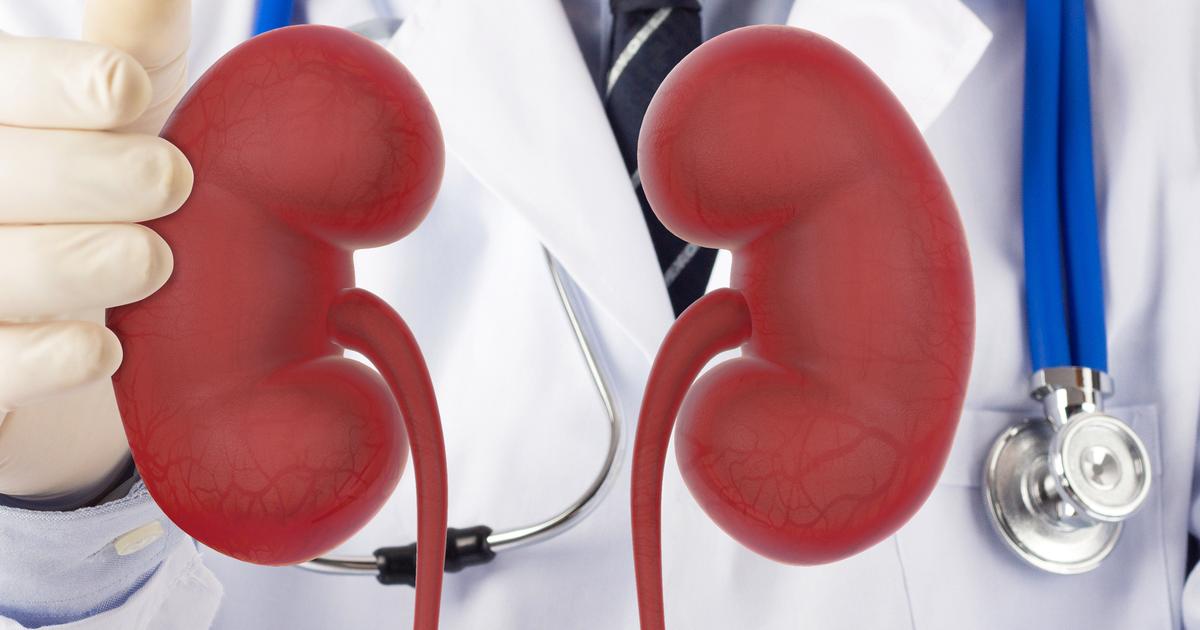What Are The Symptoms Of Velocardiofacial Syndrome?
Issues With Kidneys

One of the main features of velocardiofacial syndrome is issues with the kidneys, which can be the result of any of many congenital anomalies that may occur in their kidney and urinary tract. In rare cases, a patient may be born without a second kidney due to the gene deletion in velocardiofacial syndrome. If one of the kidneys is not entirely missing, patients may have one kidney that is underdeveloped and not functioning properly.
The lack of proper development in these organs is often referred to as kidney dysplasia. Velocardiofacial syndrome patients may develop cystic kidneys, which are kidneys with multiple fluid-filled pockets or cysts in them that interfere with their function. The cysts can grow in size and damage the delicate structures in the kidney responsible for filtering the blood.
